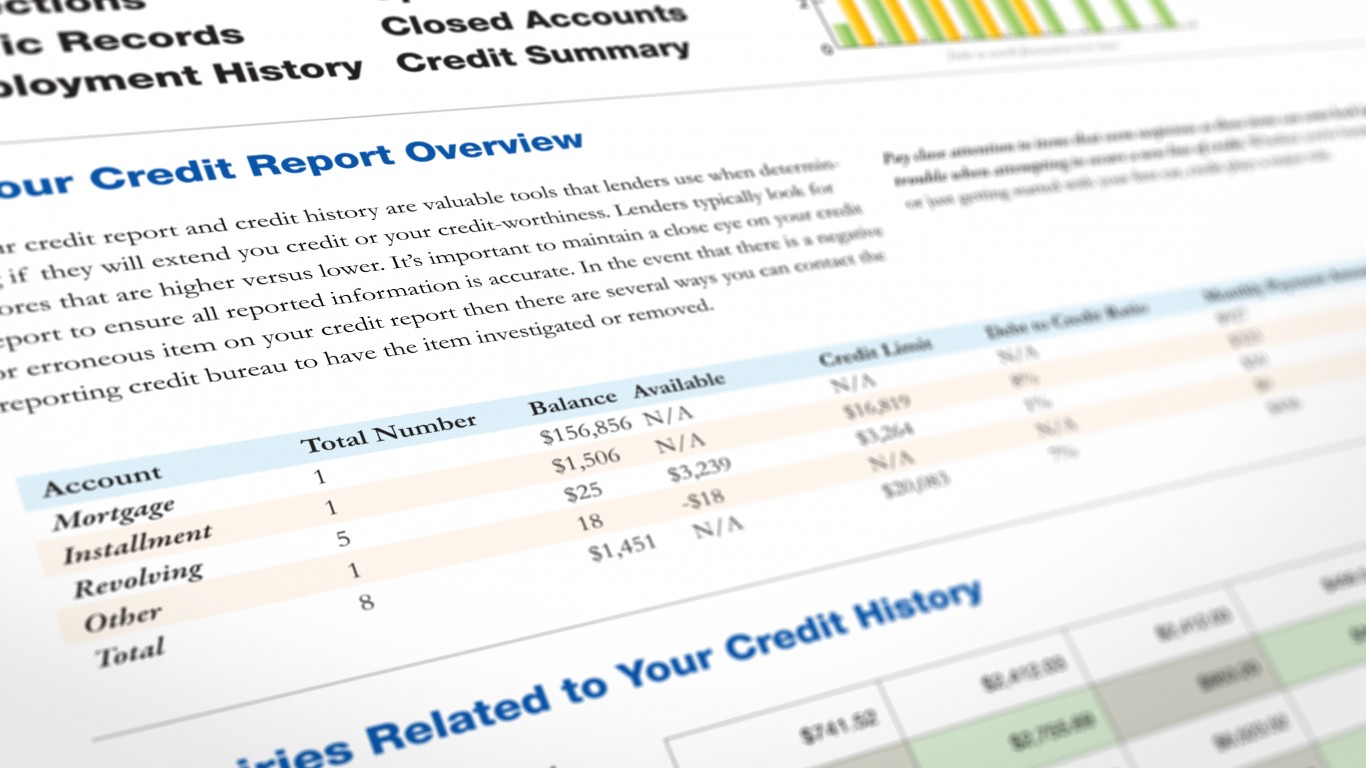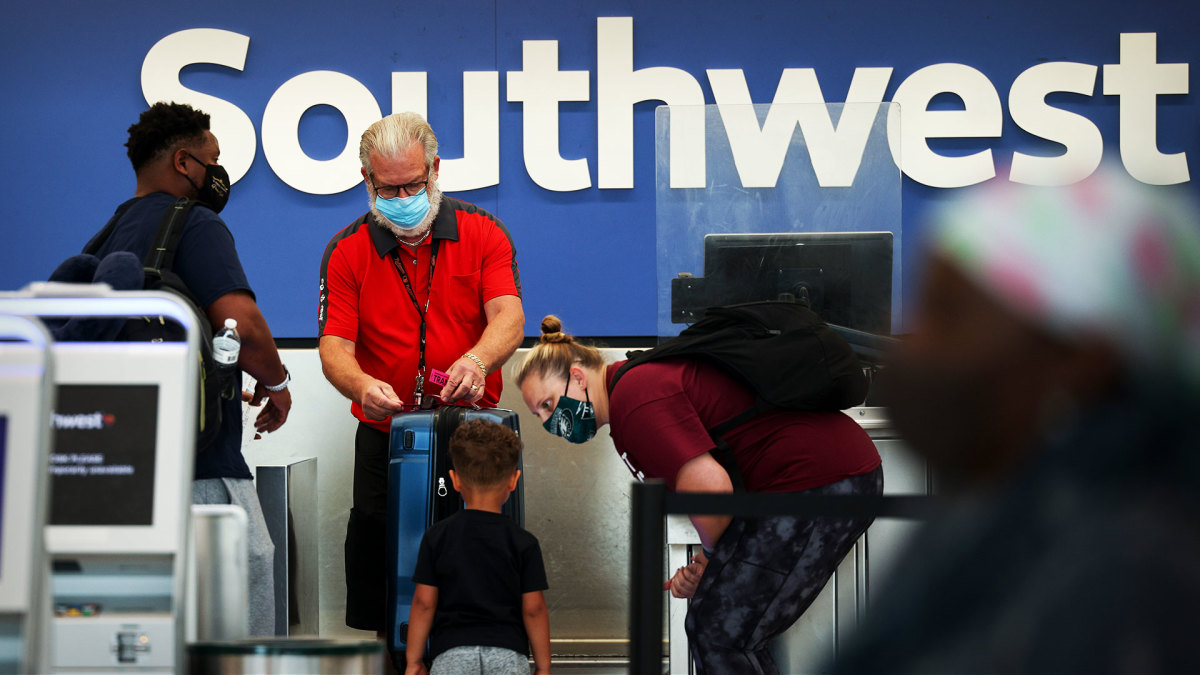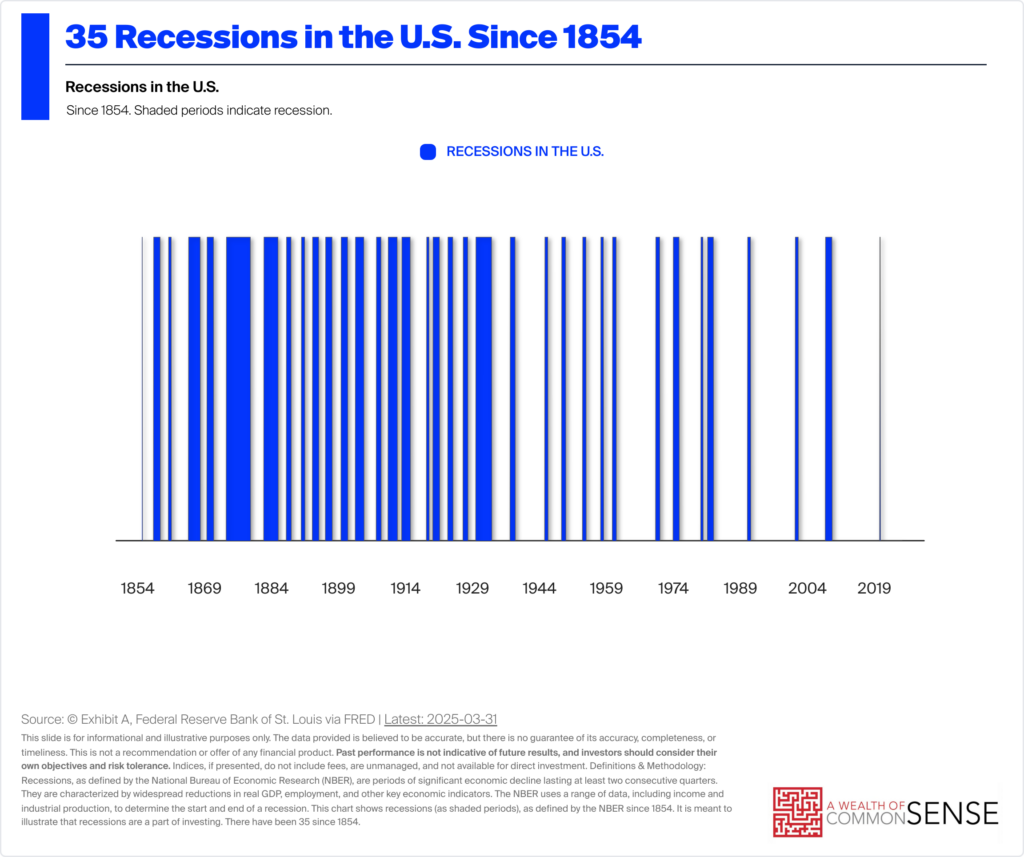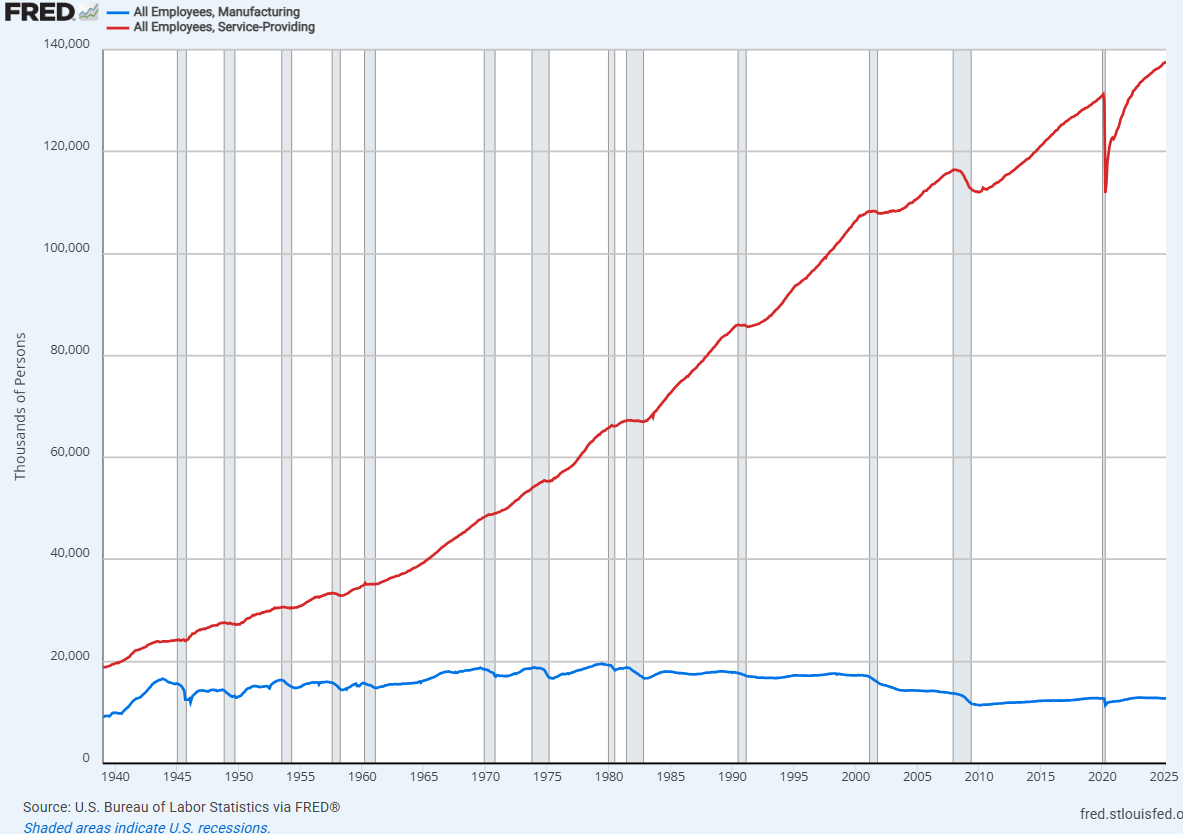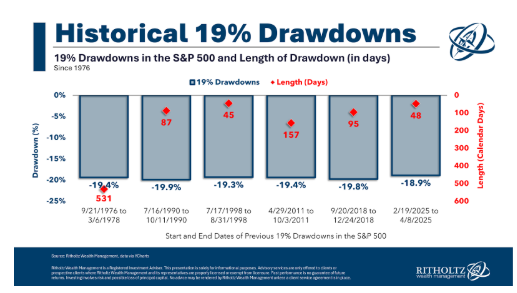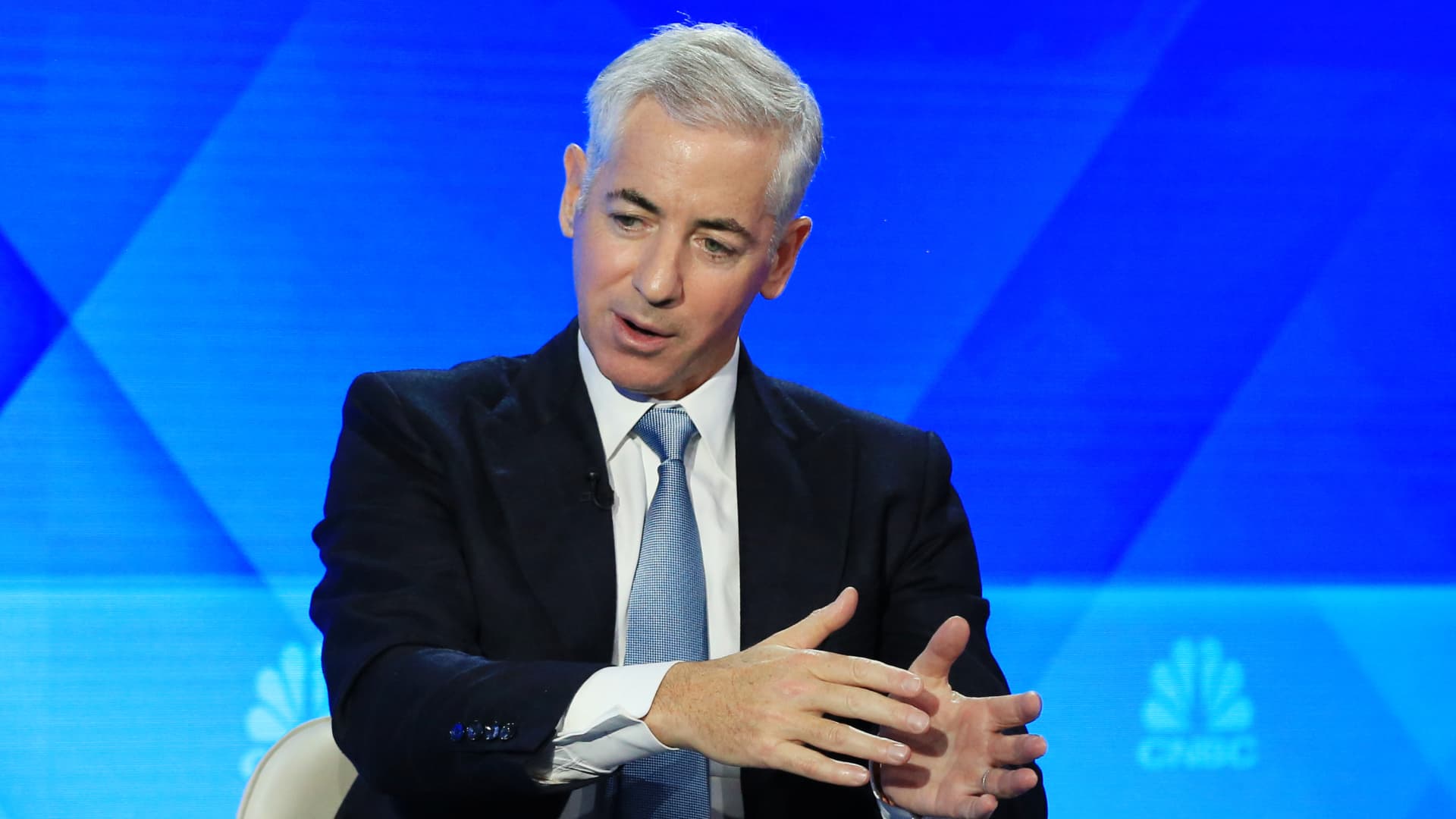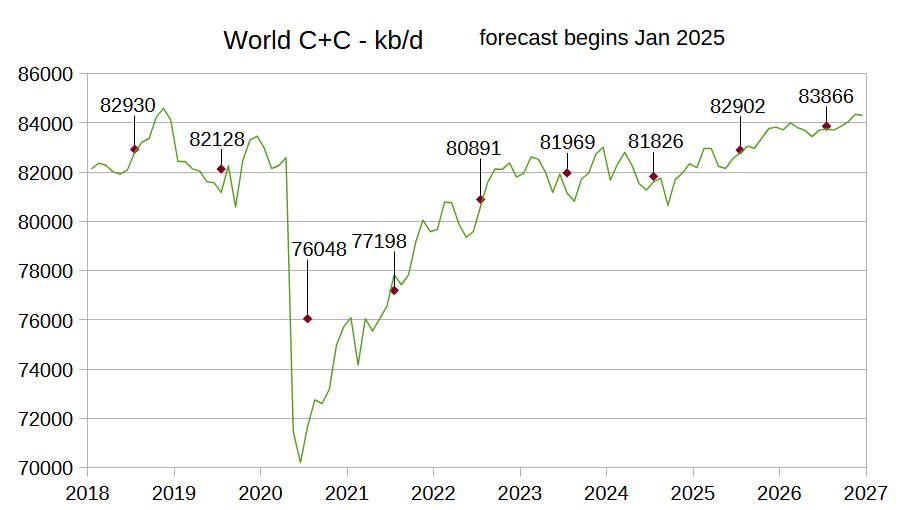How to Determine Exactly How Much Medicare Will Cost You in Retirement
Did you know that the typical 65-year-old on Medicare today is looking at spending a whopping $165,000 on healthcare costs throughout retirement? That number might seem exaggerated, but it’s true, according to Fidelity. That’s why it’s so important to know what your Medicare costs might look like in advance. With that in mind, here’s […] The post How to Determine Exactly How Much Medicare Will Cost You in Retirement appeared first on 24/7 Wall St..

Key Points
-
It’s important to understand how Medicare will impact your budget in retirement.
-
Learn you way around premiums, deductibles, and copays.
-
Use strategies to keep your out-of-pocket spending to a minimum.
-
Are you ahead, or behind on retirement? SmartAsset’s free tool can match you with a financial advisor in minutes to help you answer that today. Each advisor has been carefully vetted, and must act in your best interests. Don’t waste another minute; get started by clicking here here.(Sponsor)
Did you know that the typical 65-year-old on Medicare today is looking at spending a whopping $165,000 on healthcare costs throughout retirement? That number might seem exaggerated, but it’s true, according to Fidelity.
That’s why it’s so important to know what your Medicare costs might look like in advance. With that in mind, here’s how to figure out what you’ll spend once you’re enrolled in Medicare.
1. Know what premiums you’ll have to pay
Most Medicare enrollees do not pay a premium for Part A, which covers hospital care. But Part B, which covers outpatient services, does charge a monthly premium that tends to rise from year to year.
In 2025, the standard Medicare Part B premium is $185. But you should also know that higher earners pay more for Medicare Part B. The income thresholds at which surcharges apply also change annually.
In addition, you may or may not have to pay a premium for your Medicare Advantage or Part D drug plan. Some of these plans have a $0 premium, but you can’t bank on that being the case. And just as some enrollees are charged more for Part B due to higher incomes, the same holds true for Part D drug plans.
2. Understand deductibles and coinsurance
As a Medicare enrollee, you’ll be subject to out-of-pocket costs on top of your premiums. As a Part A enrollee, you’ll face an inpatient deductible each time you’re admitted to the hospital that changes from one year to the next. But it’s not a small amount of money.
In 2025, the inpatient hospital deductible under Medicare Part A is $1,676. But that only covers the first 60 days of care. Beyond that, days 61 through 90 are subject to a daily coinsurance rate of $419. And a longer stay than that means facing even costlier daily coinsurance rates.
There’s also coinsurance under Medicare Part B. Typically, if it’s a service covered by Part B, Medicare will pay 80%, leaving you to pay 20%.
Plus, Medicare Part B charges an annual deductible which, this year, is $240. You may face a deductible that’s specific to your Medicare Advantage or Part D plan, too.
3. Understand how drug copays are determined
Whether you have Medicare Advantage or Part D, you should expect to have to partially cover the cost of your medications. The amount you pay, though, will hinge on your specific plan and how your medications are classified.
Medicare plans use formularies to group drugs into different tiers. The higher your tier, the more you can expect to pay out of pocket. If you’re spending a lot on medications, it could pay to talk to your provider about switching to generic versions, if those are available.
How to make your Medicare costs more manageable
One of the best things you can do to make your Medicare expenses easier to handle is set up a budget that prioritizes healthcare spending. But that’s not all.
Another thing you should do if you’re enrolling in original Medicare is sign up for Medigap, or supplemental insurance, as soon as you’re able to. If you enroll right away, you can’t be denied coverage for a pre-existing condition. And you may find that your Medigap costs are cheaper if you sign up in a timely fashion.
Medigap won’t pay for services that Medicare itself doesn’t cover. But your Medigap plan might pick up the cost for your coinsurance and deductibles.
You should also make a point to review your plan choices during Medicare’s open enrollment period each fall. Switching drug plans, for example, could result in smaller copays.
Finally, make sure you’re taking advantage of any free service Medicare offers. These include annual health screenings and vaccines. Getting ahead of potential medical issues could make your healthcare costs less expensive on a whole.
The post How to Determine Exactly How Much Medicare Will Cost You in Retirement appeared first on 24/7 Wall St..
































